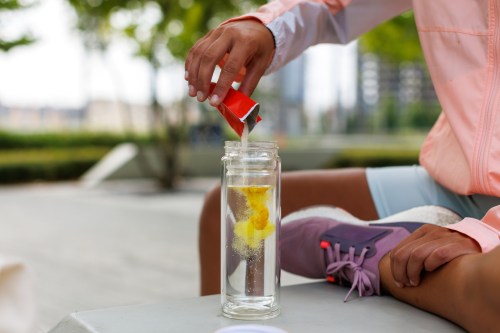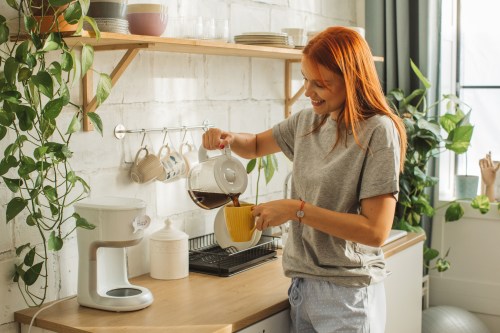Our editors independently select these products. Making a purchase through our links may earn Well+Good a commission
7 surprising things that have gluten in them (hint: check your makeup bag)
You may think you're gluten-free after kicking pizza, pasta, and bread, but your skin care—and even your home—could be triggering an inflammatory reaction.
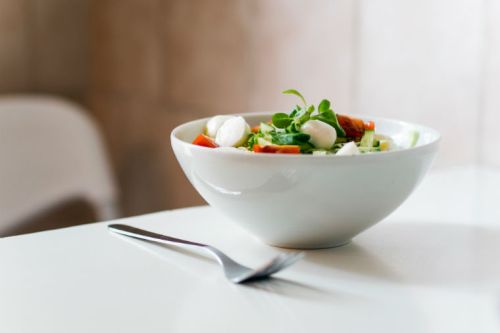
In case you thought eyeball mites and spinning-induced injuries were the scariest wellness-related things you’d read about this year, you can now add “secret gluten lurking literally everywhere in your home” to the list. As it turns out, simply cutting out the usual pasta and pizza isn’t enough to leave you totally protected. Between unexpected foods, beauty products, and even the actual stuff that makes up your house, there’s a long—and pretty surprising—list of things to watch out for if you’re gluten-sensitive.
“If you have celiac disease or non-celiac gluten sensitivity, even the smallest amount of gluten is enough to cause a reaction,” says Meghan Telpner, a nutritionist and the author of UnDiet. “A slow trickle of gluten from unexpected sources can make us feel unwell and can contribute to digestive issues, inflammation, and impaired immune function.”
If a product in your home is truly 100 percent gluten-free, it will probably brag about it on the label with some sort of sticker. Most states have allergen laws that require companies to clearly state if something “contains wheat” or “contains gluten,” but it’s also a good idea to learn the names of gluten-containing grains.
If you don’t have any sensitivity to gluten, having it present in your food, home, and products is really NBD. But even so, says Telpner, “it’s important to be aware of what’s in our food, period. What we eat fuels our bodies on a daily basis and sets us on the path to wellness.”
Read on for all of the unexpected places gluten may be hiding out in your home. (Spoiler alert: It’s in the walls.)

1. Drywall (and other building materials)
Besides the annoying background noise, there’s another reason why home renovations can be particularly irritating—especially to those with gluten allergies. According to healthy home expert Lisa Beres, wheat gluten is often used to make drywall, and it can become problematic when the dust starts swirling around during construction. It’s also found in particle boards and glue, but you wouldn’t notice it unless your walls were being hacked apart. If possible, look for building products that use cornstarch or some other thickening agent instead, and if you’re doing work in your home, stock up on masks and an air purifier, just in case.

2. Lipstick and powder
Yep, gluten could be in your makeup bag. “Avoid lipsticks and other products that are applied near the mouth, since they can be accidentally ingested,” says Estee Williams, MD, a board-certified dermatologist at Madfes Aesthetic Medical Center in New York City. “Also, be careful with powdery products, since they can become aerosolized and ingested.” Unless your makeup is marked with a gluten-free label—like those from certified gluten-free brands Afterglow and Gabriel cosmetics—it may be inflammatory to you if you’re gluten-sensitive.

3. Skin care
If you’re gluten-sensitive, reading the labels on your skin care is just as important as reading the labels on your food. That said, it’s not a problem unless you get it in your mouth…which can happen with moisturizers and lotions. “There is no data that topical gluten exposure can cause or aggravate celiac disease unless it is applied to the skin and then accidentally ingested,” says Dr. Williams. Beware of anything in your products that may have been derived from wheat, like vitamin E (tocopherol), triticum vulgare (wheat bran), secale cereale (rye seed extract), hordeum vulgare (barley), and avena sativa (oat bran), which should be listed in the ingredients.
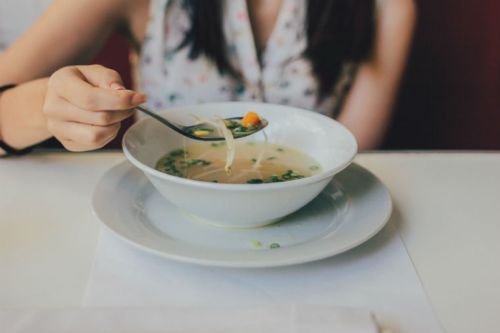
4. Canned soups
Many canned foods are mmm, mmm… gluten-filled. According to Telpner, they’re often made with wheat-based thickeners, so your best bet is to stick with grandma’s homemade chicken soup (or one of these digestion-friendly recipes) instead.
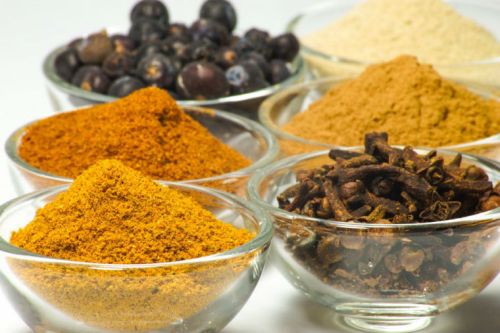
5. Spices
You may want to think twice before sprinkling cinnamon on your PSL. “Many spice mixes contain gluten as an anti-caking agent,” says Telpner. Since you’re generally using such a small amount of a spice, there may not be enough gluten to make any real difference—but it’s something to watch out for if you’re having a gluten reaction you can’t explain.

6. Sauces and dressings
See ya later, Thousand Island. According to Telpner, many store-bought sauces use gluten as a thickening agent, so read labels carefully. Or better yet, upgrade your daily greens by making your own.
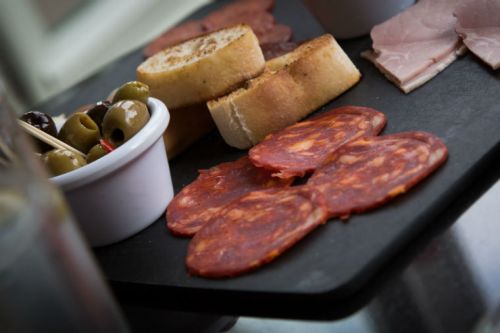
7. Deli meats
Add this to the list of reasons to steer clear of processed meats: While meat is generally safe on a gluten-free diet, ready-to-eat or ready-to-cook options can contain glutenous flours, bread crumbs, or wheat-based sauces. Vegan lunch date, anyone?
To get gluten out of your life for good, try some of these delicious recipes for vegan, GF pancakes and GF donuts so delicious you may actually fall in love with them.
